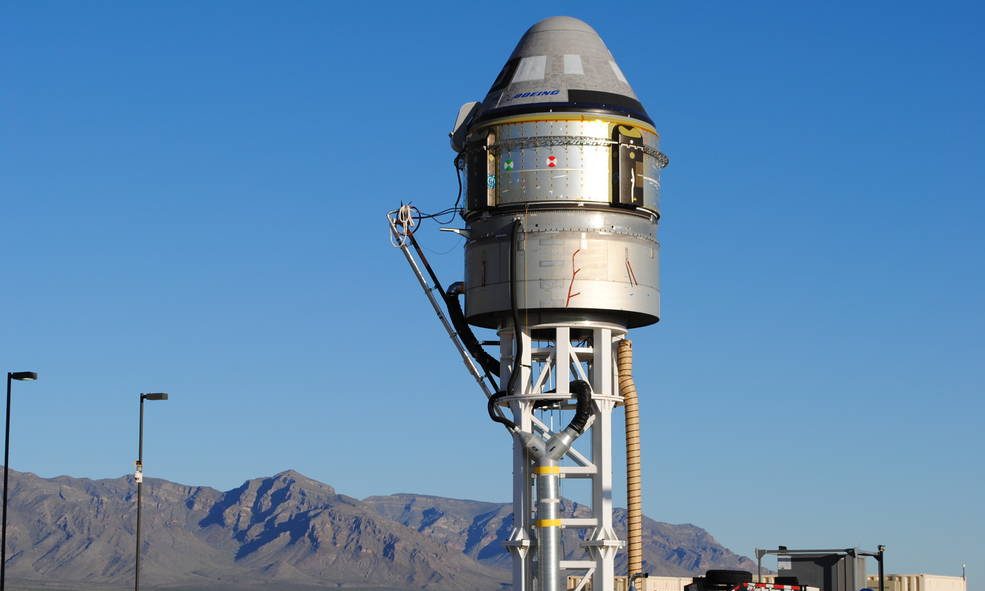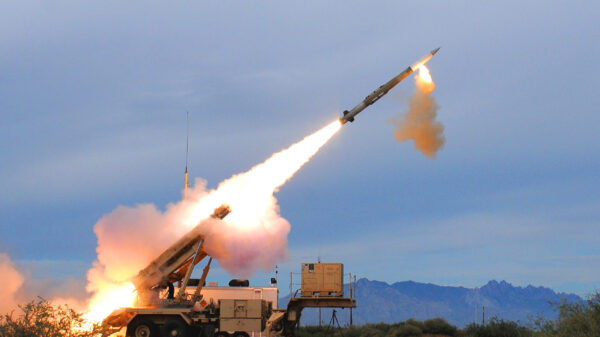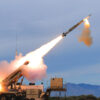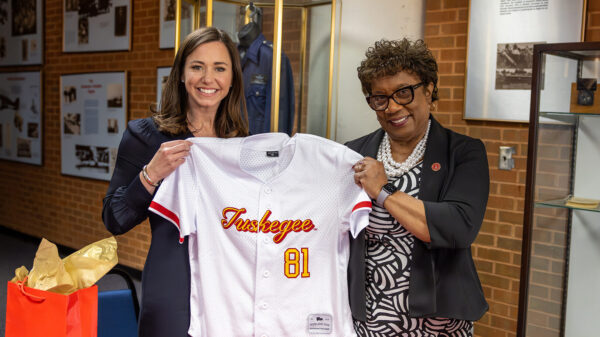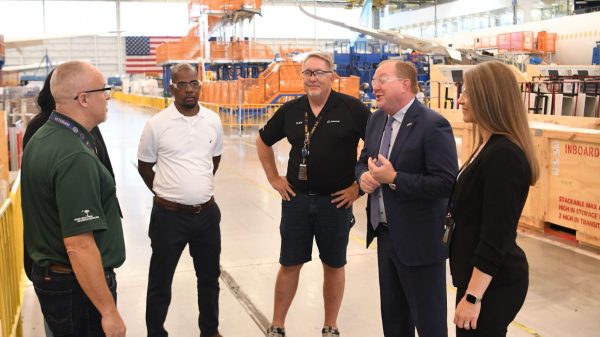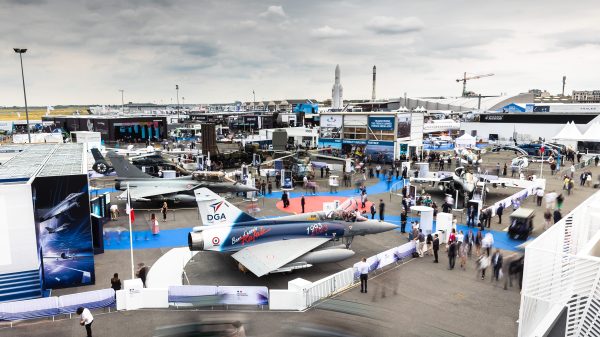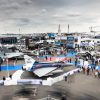Boeing’s CST-100 Starliner’s crew module floated safely to earth Monday morning, passing a critical safety test for the commercial spacecraft.
The unmanned capsule’s safe landing marked an end to the two-minute test at the White Sands Missile Range in New Mexico, during which the craft blasted away from the test stand and flew for almost a mile before deploying heat shield a parachutes.
.@BoeingSpace’s #Starliner spacecraft soared through a critical safety milestone in a major test of its launch abort system this morning. Lots of data analysis ahead, but we are one big step closer to flights with crew! pic.twitter.com/VDWSRt0g34
— NASA Commercial Crew (@Commercial_Crew) November 4, 2019
“The test team and spacecraft performed flawlessly,” said Starliner Program Manager John Mulholland in a statement Monday afternoon. “Emergency scenario testing is very complex, and today our team validated that the spacecraft will keep our crew safe in the unlikely event of an abort.”
The New York Times reported that while the craft landed safely, one of its three parachutes failed to deploy.
“We will review the data to determine how all of the systems performed, including the parachute deployment sequence,” a spokesman told CBS News. “It’s too early to determine why all three main parachutes did not deploy, however, having two of three deploy successfully is acceptable for the test parameters and crew safety.”
The exercise was meant to test the safety procedures for jettisoning the crew away from the Atlas V rocket in the event of an emergency during ascent.
“We’ve tested all these systems individually, so we know the propulsion system fires at the intended levels, and we know the parachutes can support the vehicle and safely slow it down, but the real test is making sure those systems can perform together. That’s when you know these systems are ready to fly people,” said Boeing’s Pad Abort Test Flight Director Alicia Evans in a statement.
Boeing’s Starliner is to be the first American-made orbital crew capsule to land on land, instead of an ocean splashdown as was done with Apollo capsules, and is to be reusable up to 10 times, the company said.
“Starliner’s pad abort test is a critical milestone ahead of flying Boeing and NASA astronauts to the orbiting laboratory on Starliner’s Crew Flight Test, and for flying operational missions to the station for NASA in the near future,” Boeing said in a statement.




































